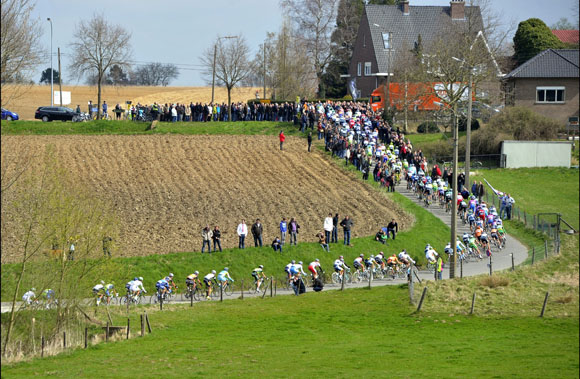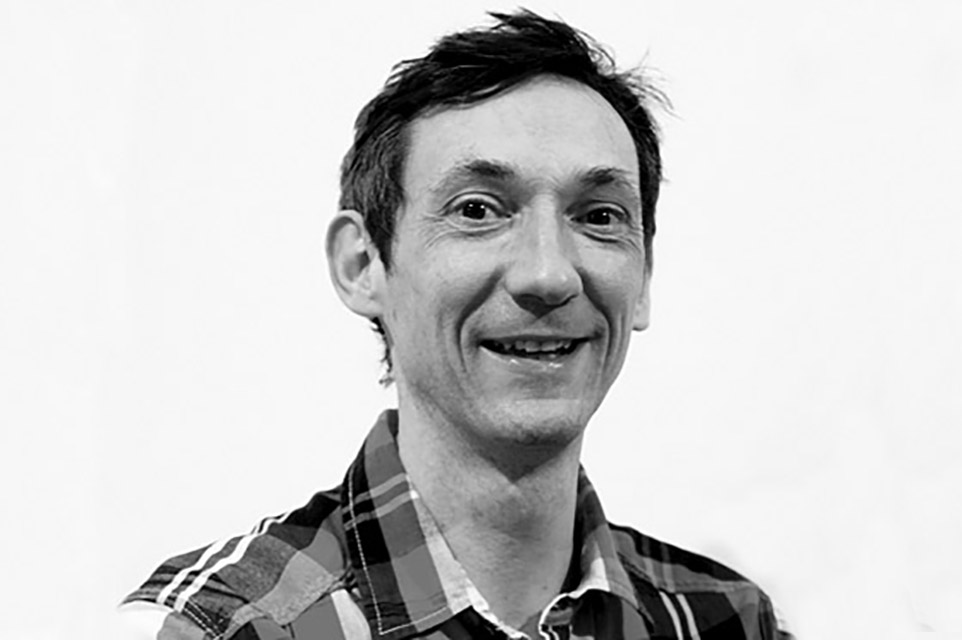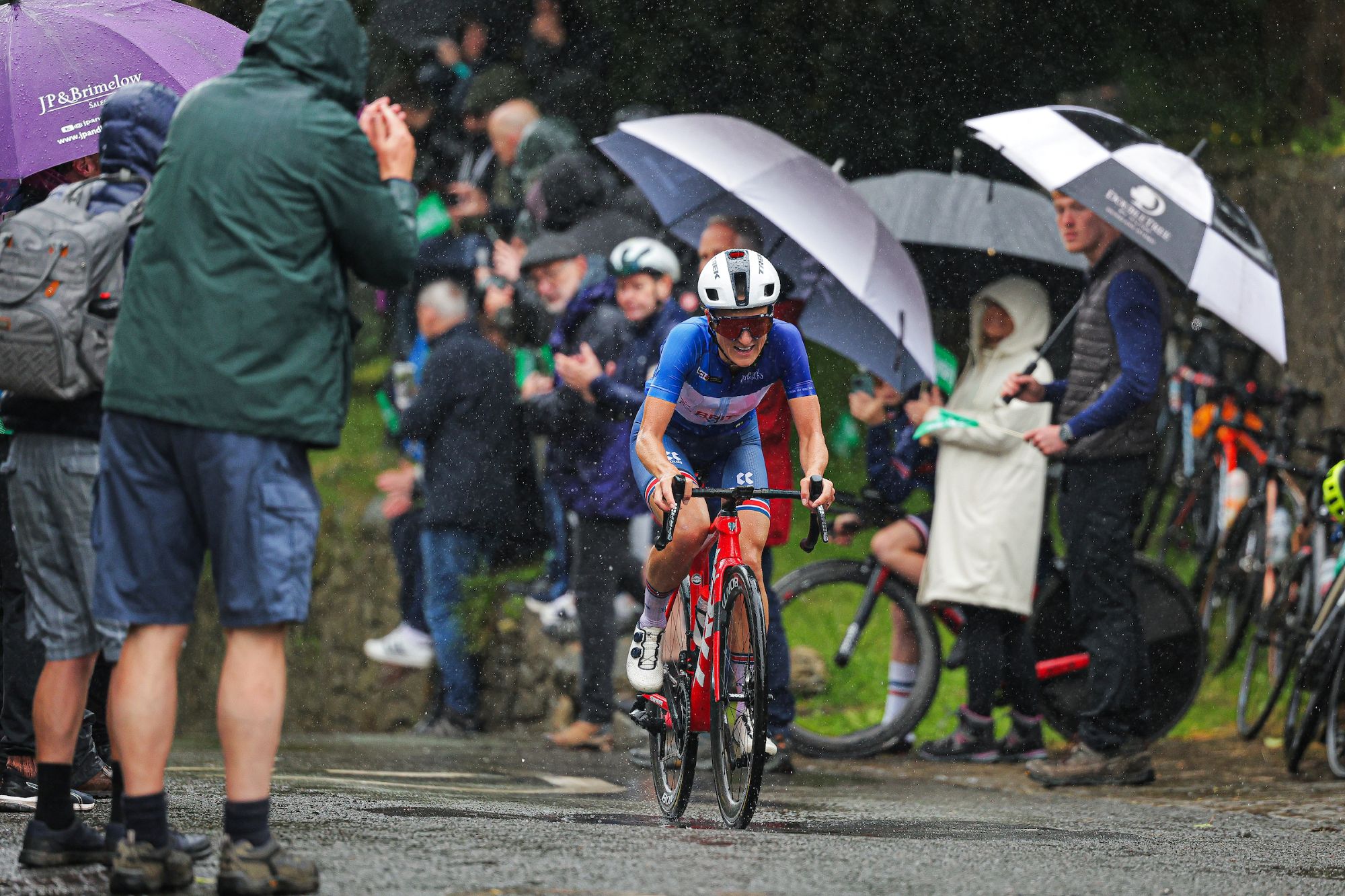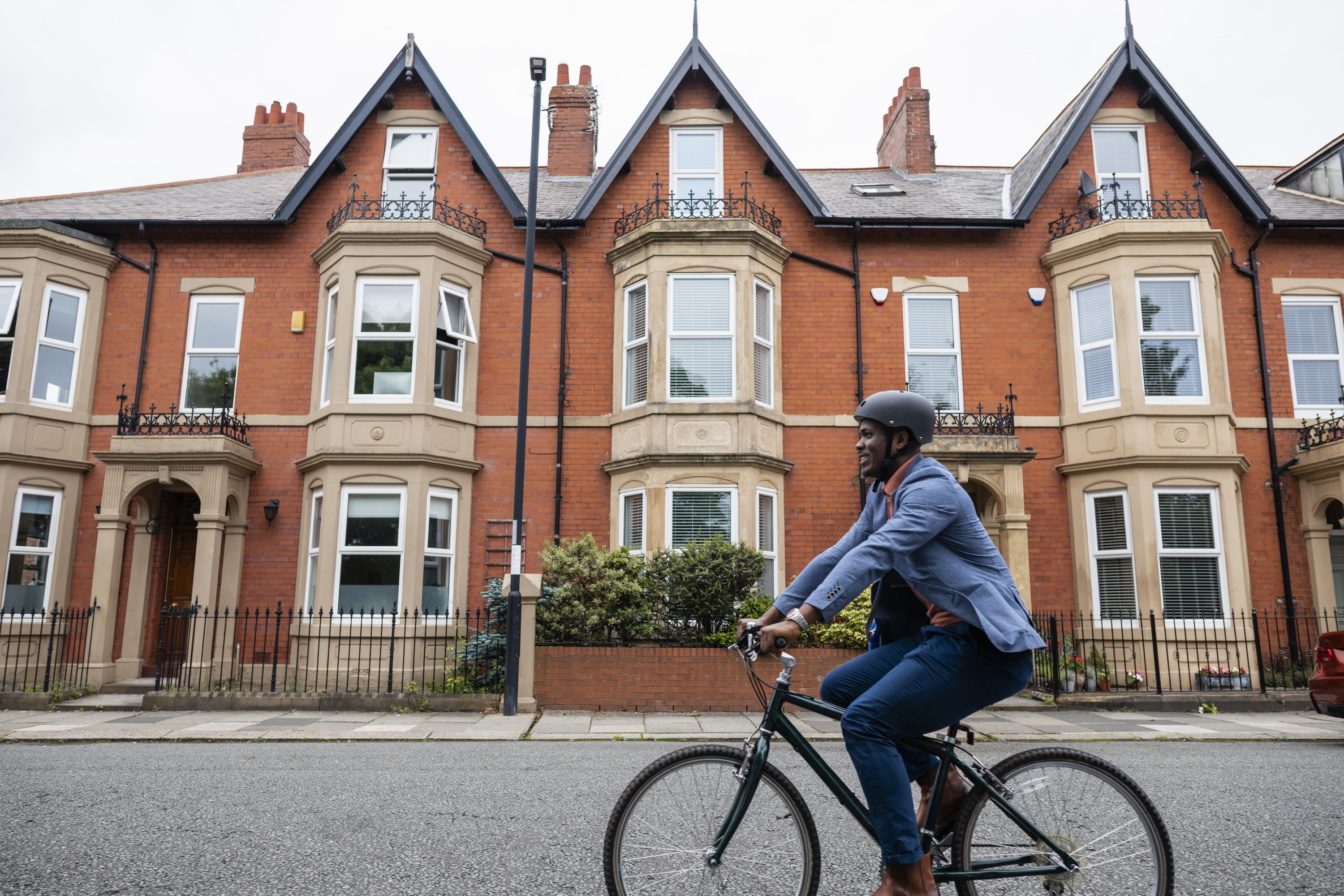Tour of Flanders knowledge: Eight things about the 2013 race

The peloton in the 2012 Tour of Flanders

Essential knowledge for the Ronde van Vlaanderen
Words by Edward Pickering
Saturday March 30, 2013
1. Fabian Cancellara is the strongest rider in the race
Fabian Cancellara wants a simple race, one in which the complicating influence of tactics doesn’t interfere too much with sporting logic.
Cancellara will be the first to tell you that being the strongest rider in the race is no guarantor of victory. For every E3 Prijs, where he’s bludgeoned his way to a solo win, there’s a Milan-San Remo, where his attacks have failed to shed faster sprinters. When Cancellara with other riders, he’s a bit too generous with his effort. He has a tendency to put more into an escape than he gets out of it.
More importantly, however, his team is the weakest of all those of the main contenders. In the final quarter of the race, he’s likely to have little help from his team-mates, and when he needs grunt work done, he’s going to be left to do it himself.
Get The Leadout Newsletter
The latest race content, interviews, features, reviews and expert buying guides, direct to your inbox!
In E3, Cancellara rode away from his rivals on the Kwaremont, and they never caught him. The Tour of Flanders isn’t E3, however, and if he tries the same move again (which is highly likely, given the climb’s crucial position), the chase is likely to be of a higher quality, and more committed.
To win, Cancellara needs to be on his own at the finish. He knows it, but so do his rivals.
2. Peter Sagan holds the key to victory
Sagan’s the best sprinter among the riders likely to be able to make it to the finish at the front of the race. While he’s still less of a favourite than Cancellara, that still makes him the race around whom most riders will base their tactics. Simply put, if his rivals allow him to contest the finishing sprint for the win, Sagan’s going to take his first Monument.
He’s also got a strong team, although he’s likely to be on his own when the race is whittled down to the final 10 or so riders.
Tactically, Sagan is improving. In E3, he missed Tom Boonen’s attack on the Taaienberg, and he had to use up his team closing the gap, leaving him exposed when Cancellara attacked. By Ghent-Wevelgem, he’d learned enough that he put himself at the front of the race when it curiously split, and then went for a solo win from four kilometres out rather than rely on his sprint.
Is the Slovak mature and experienced enough to contest a 256-kilometre Classic? He was second in Milan-San Remo, but the Flanders climbs and terrain are a more complicated proposition. However, as Tom Boonen pointed out in his press conference yesterday, Sagan is as experienced on the new Tour of Flanders route as everybody else. Nobody’s raced it more than once.
Sagan’s biggest asset is that he’s still young enough not to have learned fear. His rivals have 256 kilometres to get rid of him. If they don’t, he wins.
Cancellara and Sagan are the two clear favourites. Watch how they interact and race in relation to each other tomorrow, and log every extra effort each rider has to make, and every little dig on climbs through the race, because these will have a big effect on the final showdown, wherever it happens. Cancellara’s going to try and drop Sagan; Sagan’s going to try and stick to Cancellara’s wheel. The outcome of this will be key to the result.
3. Tom Boonen: no pressure, no form
It suits Tom Boonen to talk down his chances and reduce the pressure on his shoulders, but the evidence we have all points to an unsuccessful defence of his title in Flanders.
Boonen’s winter training was ruined by successive health and injury problems, and it’s hard to see him being competitive.
Exhibit A for the case against Tom Boonen is what happened in E3 Prijs. His class, strength and ability to race on cobbles have not deserted him – he attacked on the Taaienberg, and drew a group of real strongmen with him (if Peter Sagan had made the move, it would have stuck). But when the hammer went down on the Oude Kwaremont, he was unable to follow the pace, showing a lack of depth in his form.
Boonen’s lack of top end form also has a knock-on effect on his team’s chances. Paradoxically, his team-mate Sylvain Chavanel’s best chance of victory would come from a Boonen in the form of 2012. When Boonen was the hot favourite in 2008 and 2009, his team-mate Stijn Devolder was able to create space for himself and ride away to win while Boonen was marked out. Unfortunately for Chavanel, if he attacks, he’ll be chased by their rivals, who will be confident that towing Boonen up won’t be too dangerous.
Boonen’s a bit of an all-or-nothing rider, and we suspect it’s going to be the latter tomorrow. If he wins, however, he’ll have pulled off an act of sorcery.
4. Sky must make the race tactical
One-on-one, none of Sky’s Flanders riders are a match for Cancellara and Sagan. But they still have a group of riders in the second and third tier of favourites, which gives them attacking options.
Geraint Thomas, Edvald Boasson Hagen, Ian Stannard, Bernhard Eisel and Mat Hayman are all capable of still being involved into the final lap of the finishing circuit.
Tactically, their best shot is to do what they are often criticised for, and put men on the front in the third quarter of the race. They won’t eliminate any of the favourites, but they need to put as many of their rivals’ team-mates out of the back as possible. Once that’s done, they need to make it tactical, sending men up the road. If Cancellara or Sagan follows, they’ll need to withdraw their co-operation, no matter how bad it looks. Then send another attack up the road. Then another. Until their rivals are bored of chasing them down.
Sky have strength in numbers. But that will only come into play if their rivals are isolated.
5. It’s going to be cold, with a headwind finish
The weather will play a part. Cold weather has been eroding the bunch significantly in the Classics so far this year, and it’s freezing in Flanders this week. Solo breakaways won’t enjoy the final 10 kilometres along the canal to Oudenaarde – the wind is forecast to be right in their faces.
6. The new race route: we’re still umming and aahing
2012: good winner, average race. And it’s partly down to the lack of subtlety in the finishing circuit. Following the Kwaremont, which is the longest of the cobbled climbs in Flanders at two kilometres, with the Paterberg, which is the second-steepest, favours strong riding over tactical riding. The best bike racing happens when tactics and strength are equally balanced, but the current course doesn’t look like they are.
7. Local knowledge counts for a lot
Watch how the most experienced Flanders riders behave in the bunch. They’ll be hammering at the front on some stretches of the race, and hiding away in others. Knowing where the wind will be blowing across the road, knowing that there’s one single line through the Molenberg climb where the cobbles aren’t too rutted, knowing where the early steep section is on the Kwaremont, knowing that the smooth path on the Taaienberg is in the gutter on the right, while on the Eikenberg it’s the patches of tarmac up the left – these are the factors invisible to television viewers which nudge the destination of the title towards the experienced riders. There’s a reason for every single thing riders like Tom Boonen and Andreas Klier do in the Tour of Flanders, and watching them helps viewers understand the dynamics of the race.
8. Riders to watch
Rather than predict what’s going to happen (we don’t know – that’s why we enjoy watching the race), here’s a list of favourites roughly categorised by ability in the race. If it starts getting tactical, look further down this list for dangerous riders, rather than assume it’s a two-horse race between Cancellara and Sagan. Every rider knows that these two will be watching each other closely, and there are ways of turning that to their advantage.
***** Fabian Cancellara
**** Peter Sagan, Tom Boonen
*** Geraint Thomas, Filippo Pozzato, Sylvain Chavanel
** Heinrich Haussler, Edvald Boasson Hagen, Greg Van Avermaet, Lars Boom
* Luca Paolini, Juan-Antonio Flecha, Thomas Voeckler, Niki Terpstra, Matti Breschel

Thank you for reading 20 articles this month* Join now for unlimited access
Enjoy your first month for just £1 / $1 / €1
*Read 5 free articles per month without a subscription

Join now for unlimited access
Try first month for just £1 / $1 / €1

Nigel Wynn worked as associate editor on CyclingWeekly.com, he worked almost single-handedly on the Cycling Weekly website in its early days. His passion for cycling, his writing and his creativity, as well as his hard work and dedication, were the original driving force behind the website’s success. Without him, CyclingWeekly.com would certainly not exist on the size and scale that it enjoys today. Nigel sadly passed away, following a brave battle with a cancer-related illness, in 2018. He was a highly valued colleague, and more importantly, an exceptional person to work with - his presence is sorely missed.
-
 FDJ-Suez, SD Worx-Protime, Lidl-Trek confirmed for Tour of Britain Women as strong list of teams announced
FDJ-Suez, SD Worx-Protime, Lidl-Trek confirmed for Tour of Britain Women as strong list of teams announced18 teams set to take part in four-day WorldTour stage race
By Tom Thewlis
-
 Cyclists could face life sentences for killing pedestrians if new law passed in England and Wales
Cyclists could face life sentences for killing pedestrians if new law passed in England and WalesReckless cycling currently carries a maximum two-year jail term
By Tom Thewlis